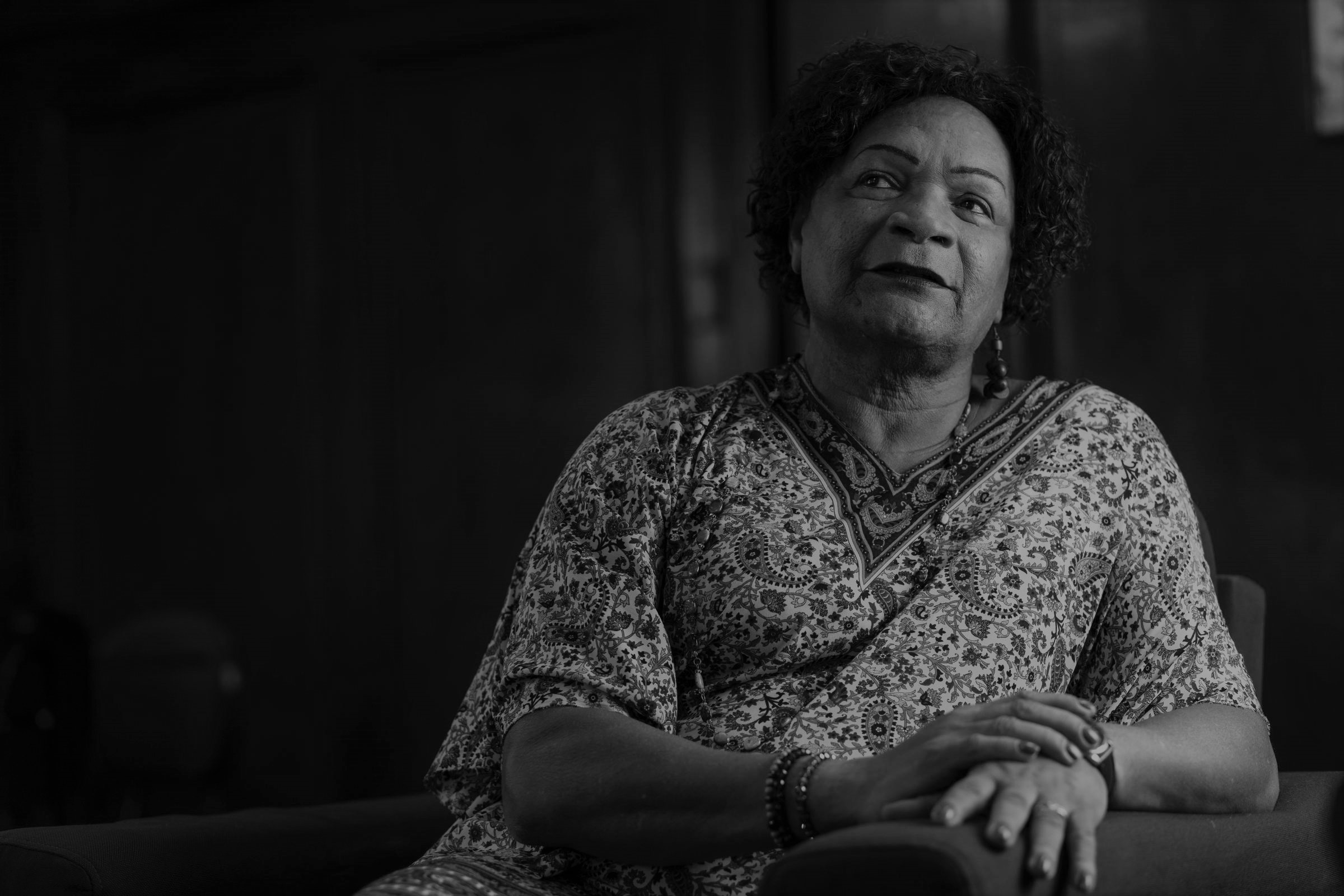Bicha dies, and does not turn purpurine: the body representation and aging of homosexuals living on the Brazil / French Guiana border
Main Article Content
Abstract
This article aimed to investigate the understanding of the body and aging of a group of homosexuals living on the Brazilian / French Guiana border and living on prostitution. For that, we appropriate the theoretical and methodological assumptions of qualitative research of the descriptive type. As a data collection technique, we used the methodological procedures of Thematic Oral History and we interviewed and interviewed eight male homosexuals aged between 18 and 35 years old. The collected data were submitted to the classical content analysis proposed by Bardin (2011). From the analysis of the statements of the interviewees, it was possible to extract four categories of analysis, however, in this study we will work only with the category “Bicha does not die, it becomes glitter”. We found that the subjects participating in the study, starting from the conception that because they are homosexuals they will not die, will become glitter, they are not concerned with aging and because they are sex workers, they understand the body as a work tool that most of the time needs to be faceted / sculpted. It is concluded that the social representation that “Bicha does not die, becomes a glitter” causes many homosexuals to ignore the aging process. On the other hand, this same representation makes them neglect the dangers caused by the consumption of alcohol, drugs, unprotected sex, clandestine aesthetic processes using hormones, anabolics and prostheses. It is evident that the referred representation becomes a public health problem, since these subjects end up dying early due to lack of self-care with their health.
(Image Folha de São Paulo)
Downloads
Article Details

This work is licensed under a Creative Commons Attribution 4.0 International License.
References
BARDIN, L. Análise de conteúdo. Lisboa: Edições 70, 2011.
BORGES, M. (2008). O Idoso e a finitude. Recuperado em 04 setembro, 2018, de: http://www.cuidardeidosos.com.br/o-idoso-e-a-finitude/htm.
BRITO, J. M. Homossexualidade na escola: em uma sociedade em que o modelo ideal é ser cisne, todos somos “patinhos feios”?. In: XVI ENDIPE - Encontro Nacional de Didática e Práticas de Ensino - UNICAMP - Campinas – 2012, p. 2-12.
COSTA, E. M. S. Gerontodrama: a velhice em cena: estudos clínicos e psicodramáticos sobre o envelhecimento e a terceira idade. São Paulo: Agora, 1998.
DAMATTA, R. O que faz o brasil, Brasil. Rio de Janeiro: Rocco, 1984.
DELALIBERA, M.A. (2005). A imagem do corpo e a angústia sobre o corpo no envelhecer e no morrer. São Carlos (SP): Trabalho de conclusão de curso. Centro de Educação e Ciências Humanas. Universidade Federal de São Carlos. https://doi.org/10.21577/0100-4042.20170126
DEBERT, G. G. A Reinvenção da Velhice: Socialização e Processos de Reprivatização do Envelhecimento. São Paulo: Universidade de São Paulo, FAPESP, 2004. https://doi.org/10.29289/259453942018v28s1057
ENDSJO, D. O. Sexo e religião: do baile de virgens ao sexo sagrado homossexual. Tradução: Leonardo Pinto. São Paulo: Geração Editorial, 2014.
FOUCAULT, M. A arqueologia do saber. Tradução. Luiz Felipe Baeta Neves. 3ª. ed. Rio de Janeiro: Forense-universitária, 1987.
MAIA, M; ALBUQUERQUE, A. Get there now. Cultura contemporânea, imediatismo e desamparo. Pulsional Revista de Psicanálise, v. 13, n.132, 81-88, 2000.
MINAYO, M. C. S. O desafio do conhecimento: pesquisa qualitativa em saúde. São Paulo - Rio de Janeiro: Hucitec/Abrasco,1994.

